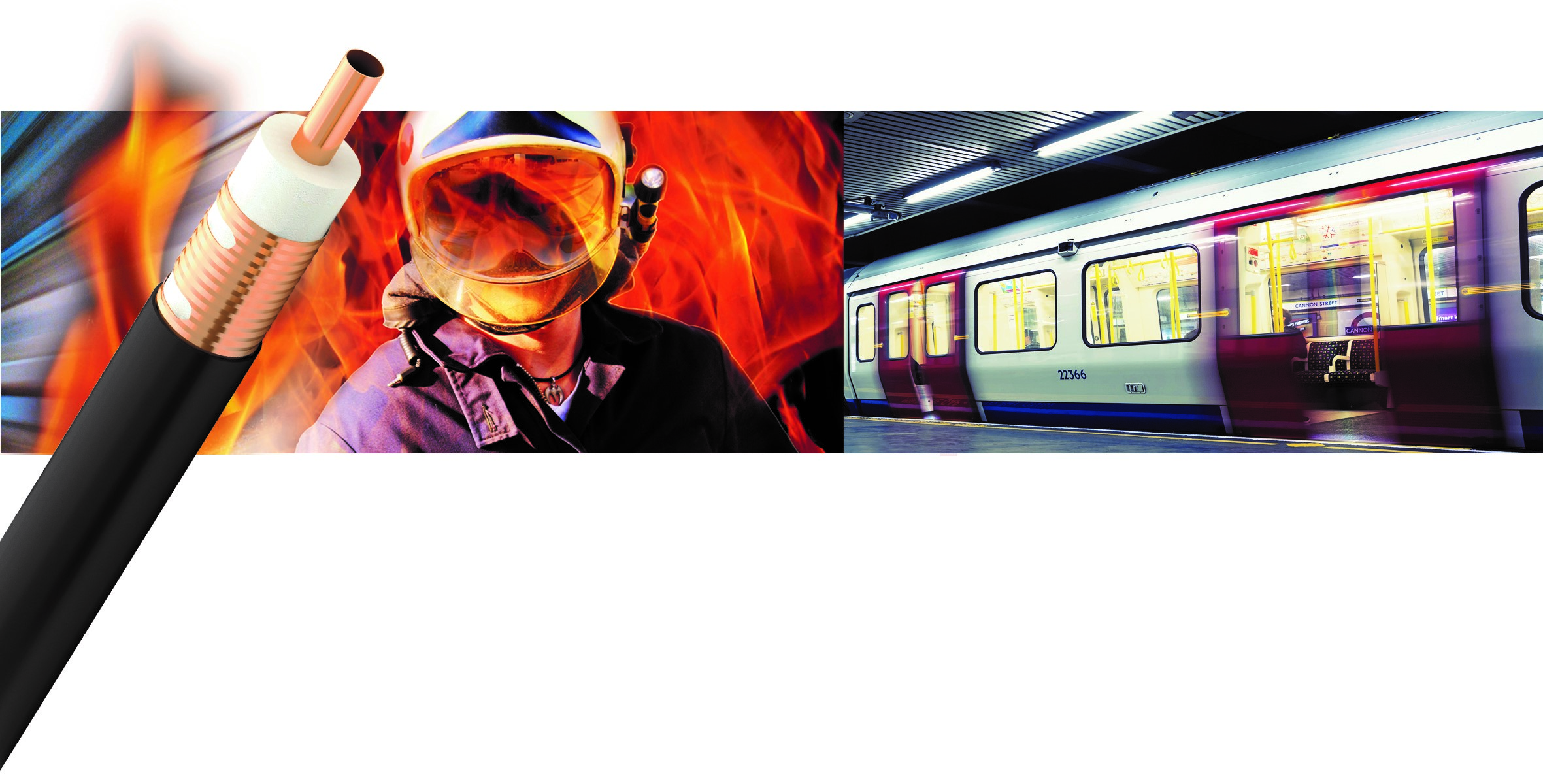World’s first 7/8’’ Radiating Cable compliant to CPR classification B2ca-s1a,d1,a1 and to fire behaviour requirements of EU No 1303/2014
Kabelwerk EUPEN AG is expanding its EUCARAY® Radiating Cable portfolio with a new 7/8″ B2ca Cable family, compliant to the European CPR classification B2ca-s1a,d1,a1.
This 7/8″ Cable family is thus fully compliant with the fire behaviour requirements of Commission Regulation (EU) No 1303/2014 of 18 November 2014 concerning the technical specification for interoperability relating to ‘safety in railway tunnels’ of the rail system of the European Union.
This improved level of security regarding fire and smoke behaviour could be achieved without reducing the RF performance of the related cables.
Eupen’s EUCARAY® Radiating Cables have proven their well known, outstanding performance in successful applications all over the world. EUCARAY® RMC-Type Radiating Cables show the best transmission characteristics in the market due to the patented slot design. This results in lowest System Losses and so enables to lower the overall CAPEX of the radio system.
The new EUCARAY® RMC78 B2ca Cable family includes Eupen’s well known frequency band optimised Radiating Cables such as RMC 78-T for Tetra applications, RMC 78-B for GSM-R applications and its new “5G” RMC 78-G that features unique performances up to 3,8 GHz.
More information such as technical specifications and installation instructions can be found on the website :
https://www.eupen.com/cable/nl/producten/stralende-kabels-toebehoren/
About Eupen
Kabelwerk EUPEN AG is a leading cable manufacturer located in the city of EUPEN, Belgium, right in the heart of Europe, with more than 100 years’ experience in the manufacture of power cables and over 50 years’ experience in the manufacture of Coaxial Cables.
Customer satisfaction is always our highest priority. Our extensive expertise in the field of High-Frequency and Safety Cables helped us to develop superior Radiating Cables and to position us as the leading supplier of radiating cables for wireless communications in confined areas

